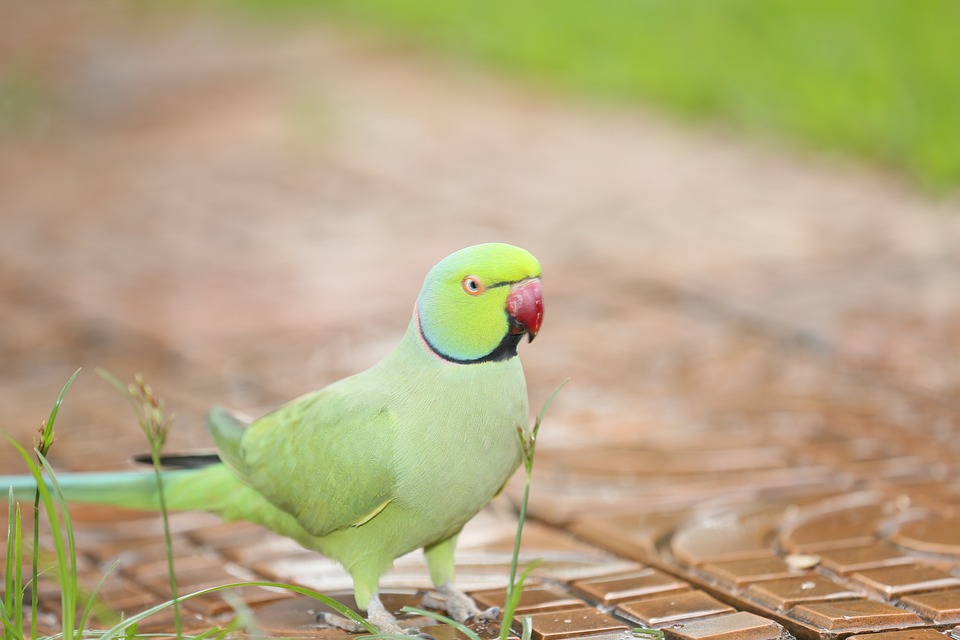Parrots are intelligent creatures that can learn to respond to voice commands and verbal cues. Training them not only enhances their mental stimulation but also strengthens the bond between parrot and owner. Teaching your parrot to follow instructions can be a rewarding experience, but it requires patience, consistency, and proper training techniques. In this article, we will explore effective methods to encourage parrots to respond to voice commands or verbal cues.
1. Start with Basic Commands
When introducing voice commands to your parrot, it is essential to start with simple and basic cues. Begin by choosing a specific word or phrase for each command, such as “step up” or “come here.” Use these commands consistently during interactions with your parrot, associating them with the desired action. Repetition and consistency are key to parrot training.
2. Positive Reinforcement
Parrots respond best to positive reinforcement training methods. Whenever your parrot follows a verbal command correctly, reward them with a treat, praise, or a favorite toy. Positive reinforcement helps to reinforce the desired behavior and encourages your parrot to continue responding to voice commands. Avoid using punishment or negative reinforcement as it can harm the trust and relationship between you and your parrot.
3. Consistency and Repetition
Consistency is crucial when training parrots. Use the same command consistently for the desired action and make sure all family members or caregivers are on the same page. Repetition helps parrots to understand and remember the association between the command and the action. Practice the commands regularly in short training sessions, gradually increasing the difficulty level once your parrot has mastered the basics.
4. Engage in Target Training
Target training is an effective technique to encourage parrots to respond to voice commands. Using a small stick or a target object, such as a chopstick or a pen, train your parrot to touch the target with its beak or foot on command. Start by presenting the target near your parrot and rewarding them with a treat when they touch it. Gradually increase the distance and accuracy of the target, associating it with a specific command. Target training helps to focus your parrot’s attention and improves their ability to respond to voice cues.
5. Maintain a Positive Environment
Creating a positive training environment is essential for effective parrot training. Ensure that your parrot’s basic needs are met, including a proper diet, clean living space, and plenty of mental and physical stimulation. A happy and healthy parrot is more likely to be engaged and receptive to training. Avoid training sessions when your parrot is tired or stressed, as it can hinder their learning progress.
FAQs
Q1: How long does it take for a parrot to respond to voice commands?
A1: The time it takes for a parrot to respond to voice commands can vary depending on the individual bird and the consistency of training. Some parrots may start responding within a few weeks, while others may take several months. Patience and persistence are key when training parrots.
Q2: Can any parrot species be trained to respond to voice commands?
A2: Yes, most parrot species can be trained to respond to voice commands. However, some species, like African Greys and Amazons, are known for their exceptional learning abilities. Even smaller parrot species, like budgies or cockatiels, can learn basic voice commands with proper training.
Q3: What if my parrot doesn’t respond to voice commands?
A3: If your parrot is not responding to voice commands, assess your training techniques and make sure you are using positive reinforcement and consistency. It is also important to consider your parrot’s individual personality and learning style. Some parrots may require more time and patience to grasp new commands.
Training parrots to respond to voice commands or verbal cues is a rewarding experience that strengthens the bond between parrot and owner. By starting with basic commands, using positive reinforcement, maintaining consistency, engaging in target training, and creating a positive environment, you can encourage your parrot to respond to your voice cues. Remember to be patient and enjoy the journey of training your intelligent feathered companion.









